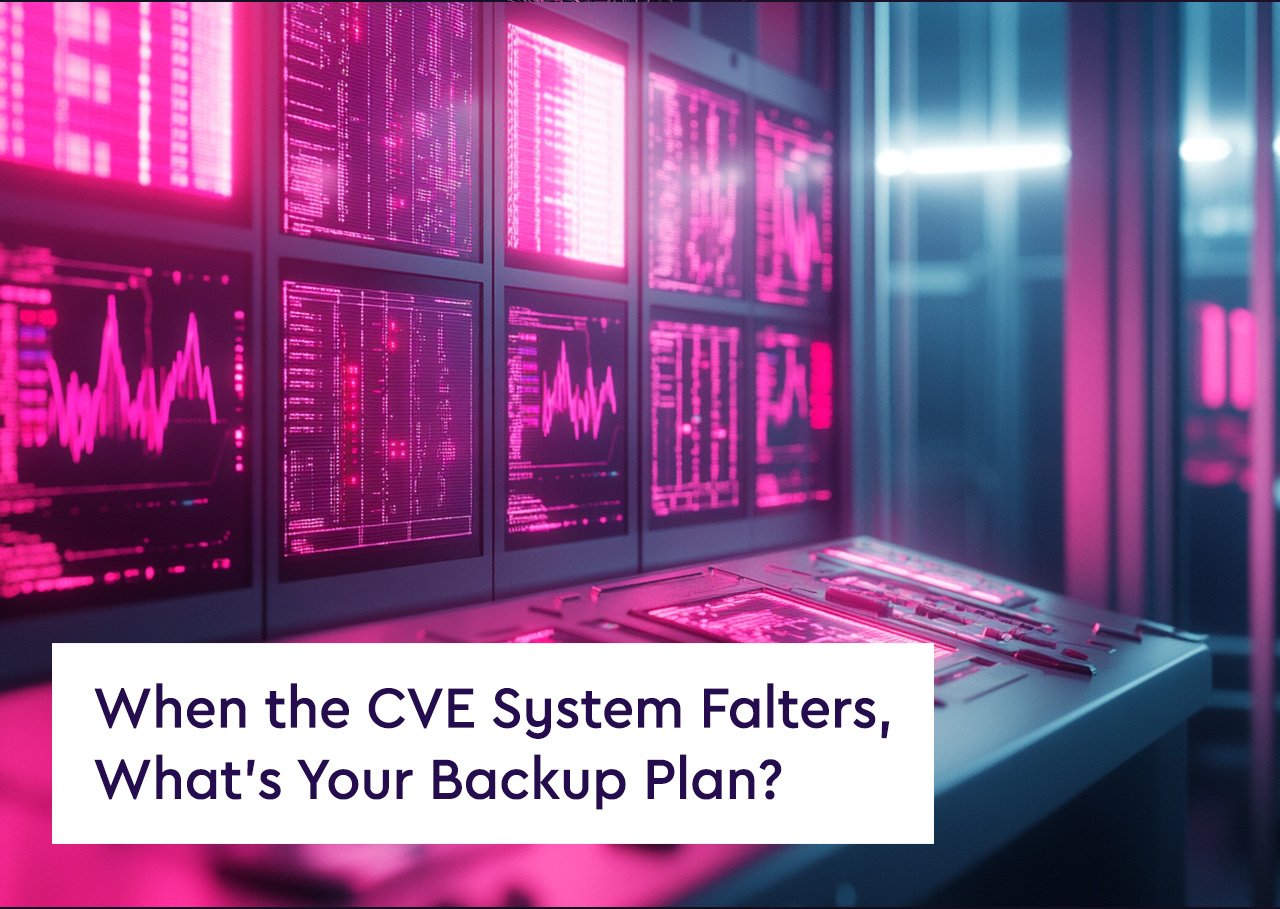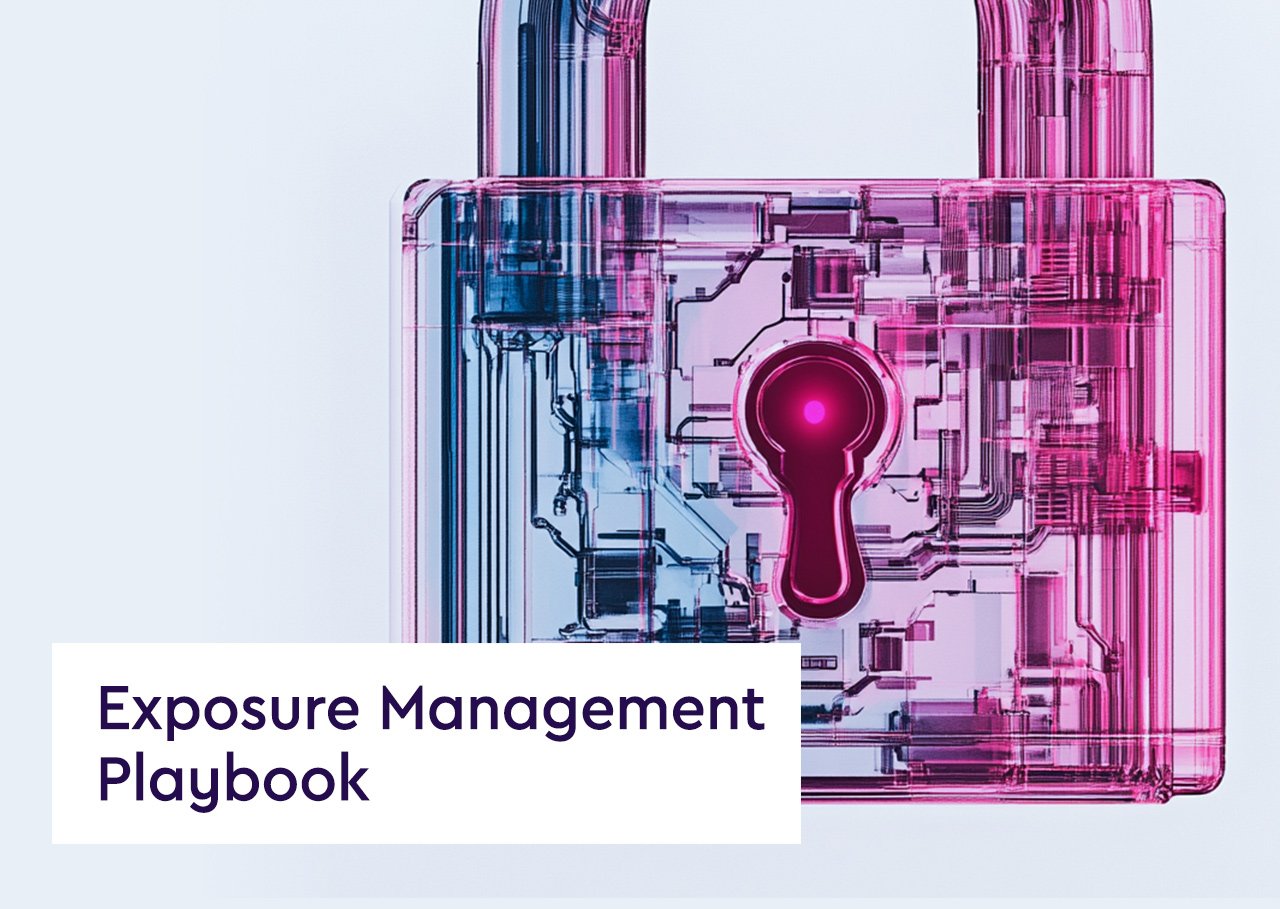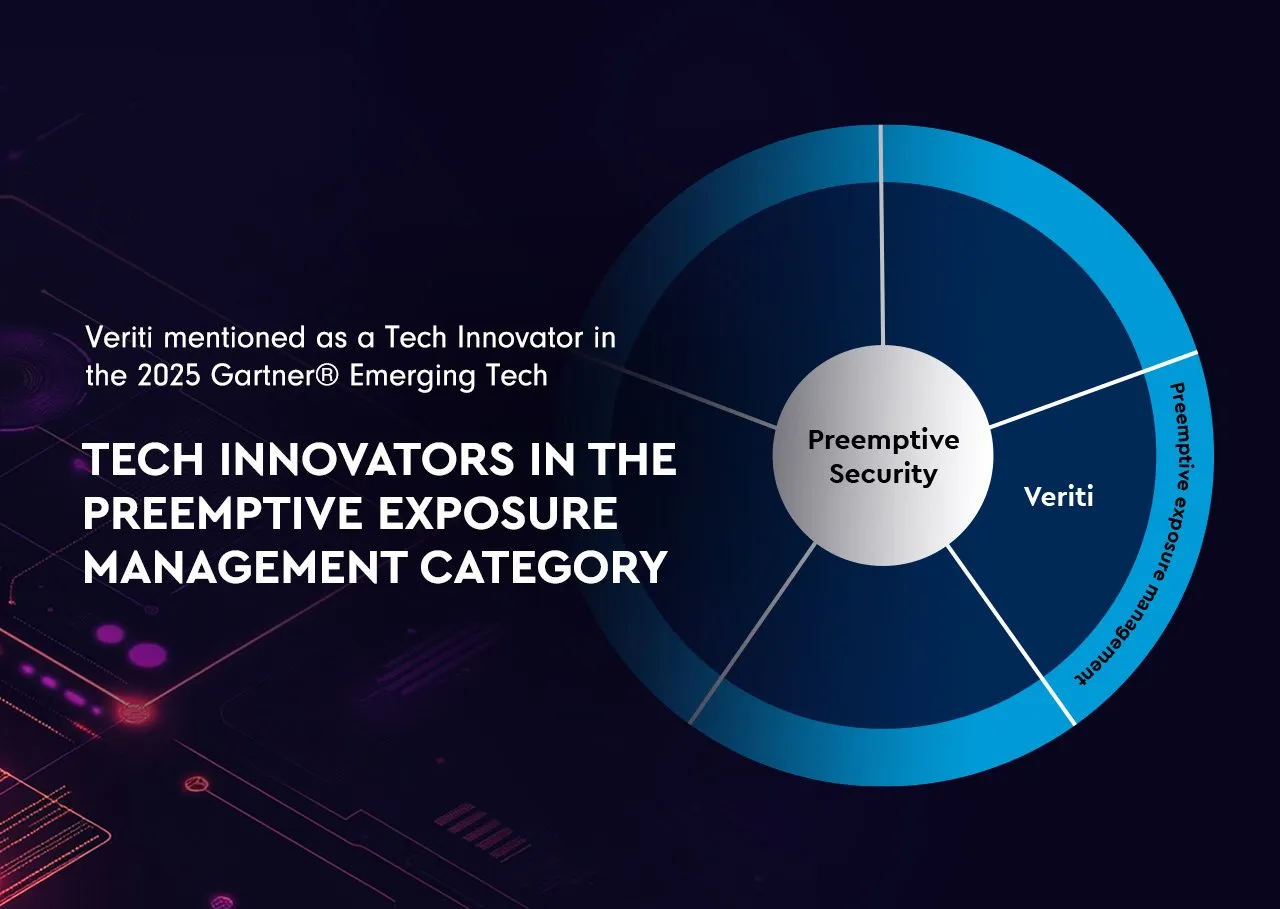Introduction
Identifying vulnerabilities is just the first step in exposure management. The real challenge lies in determining which ones matter most and addressing them without wasting resources or disrupting operations. With cyber threats becoming more sophisticated and pervasive, the ability to prioritize exposures effectively is crucial.
In this second blog of the “Like Your Organization Depended On It” series, we’ll explore the importance of prioritization as a pillar of a successful exposure management program. By focusing on actively exploited vulnerabilities and assessing both security and business impacts, organizations can make smarter, faster decisions to reduce risk.
The Art and Science of Prioritization
Effective prioritization requires a balance between science and strategy. It’s not just about reacting to the most severe vulnerabilities, it’s about evaluating the likelihood of exploitation, the criticality of the assets affected, and the operational effort required to mitigate risks.
To achieve this, prioritization must integrate two critical dimensions:
- Security Context: How exploitable is the vulnerability? How actively is it being attacked?
- Business Impact: What is the cost of remediation versus the risk of inaction?
By combining these factors, organizations can focus their efforts on vulnerabilities that pose the greatest threat while avoiding unnecessary disruptions to operations.
Security Focused Prioritization
From a security perspective, not all vulnerabilities are created equal. Tools that assess and rank vulnerabilities based on severity scores (e.g., CVSS and EPSS) provide a starting point, but they don’t tell the whole story. To make meaningful decisions, organizations need to layer in additional context, including:
- Threat Intelligence: Insights into active attack campaigns and known threat actors targeting specific vulnerabilities.
- Asset Exposure Levels: Understanding which assets are vulnerable and how critical they are to operations.
- Compensating Controls: Evaluating whether existing security measures, such as firewalls or endpoint protections, can mitigate the risk without requiring immediate remediation.
This deeper analysis allows security teams to focus on vulnerabilities that are not only severe but also actively exploited and impactful to the organization.
Business Focused Prioritization
Cybersecurity isn’t just about protecting systems; it’s about enabling the business to operate securely. That’s why prioritization should also account for the potential business impact of vulnerabilities and their remediation. Key considerations include:
- Operational Cost: How much time and effort is required to fix the issue?
- Business Continuity: Could the remediation process disrupt critical operations?
- False Positives: Are there vulnerabilities flagged as critical that don’t actually pose a real threat?
By aligning prioritization with business goals, organizations can ensure that security efforts drive value rather than unnecessary complexity.
The Role of Intelligence and Machine Learning
Modern prioritization frameworks increasingly rely on real-time intelligence and machine learning to make data-driven decisions. These technologies analyze large volumes of data from threat intelligence feeds, vulnerability assessments, and operational logs, correlating findings to identify patterns and predict risks.
For example:
- Threat Cataloging: Aggregating IoCs and active threat data to provide actionable insights.
- Contextual Scoring: Assigning risk scores to vulnerabilities based on factors like exploitation trends, asset criticality, and compensating controls.
- Automated Recommendations: Generating tailored remediation paths that account for both security and business considerations.
This approach not only improves accuracy but also reduces the burden on security teams, enabling faster and more effective responses.
Bridging the Gap Between Security and Business
One of the greatest challenges in prioritization is aligning security goals with business objectives. To address this, organizations must establish processes that integrate the two seamlessly. This includes:
- Collaborating Across Teams: Engaging business stakeholders to understand the potential impact of vulnerabilities on critical operations.
- Centralizing Visibility: Consolidating insights from multiple tools into a single, unified dashboard for better decision-making.
- Leveraging Automation: Streamlining workflows to ensure that prioritized vulnerabilities are addressed quickly and efficiently.
When done effectively, prioritization becomes a bridge between security and business, enabling organizations to focus on what matters most.
Prioritization is where strategy meets action. By focusing on actively exploited vulnerabilities and aligning efforts with business priorities, organizations can reduce risk while maintaining operational efficiency. As the cybersecurity landscape continues to evolve, this approach ensures that resources are allocated where they’re needed most, driving meaningful impact across the organization.
Coming Next: Mobilize Like Your Organization Depended On It
In the final installment of this series, we’ll explore how to turn prioritization into action, ensuring that exposures are addressed quickly, safely, and effectively. Stay tuned as we dive into the critical role of mobilization in exposure management.




